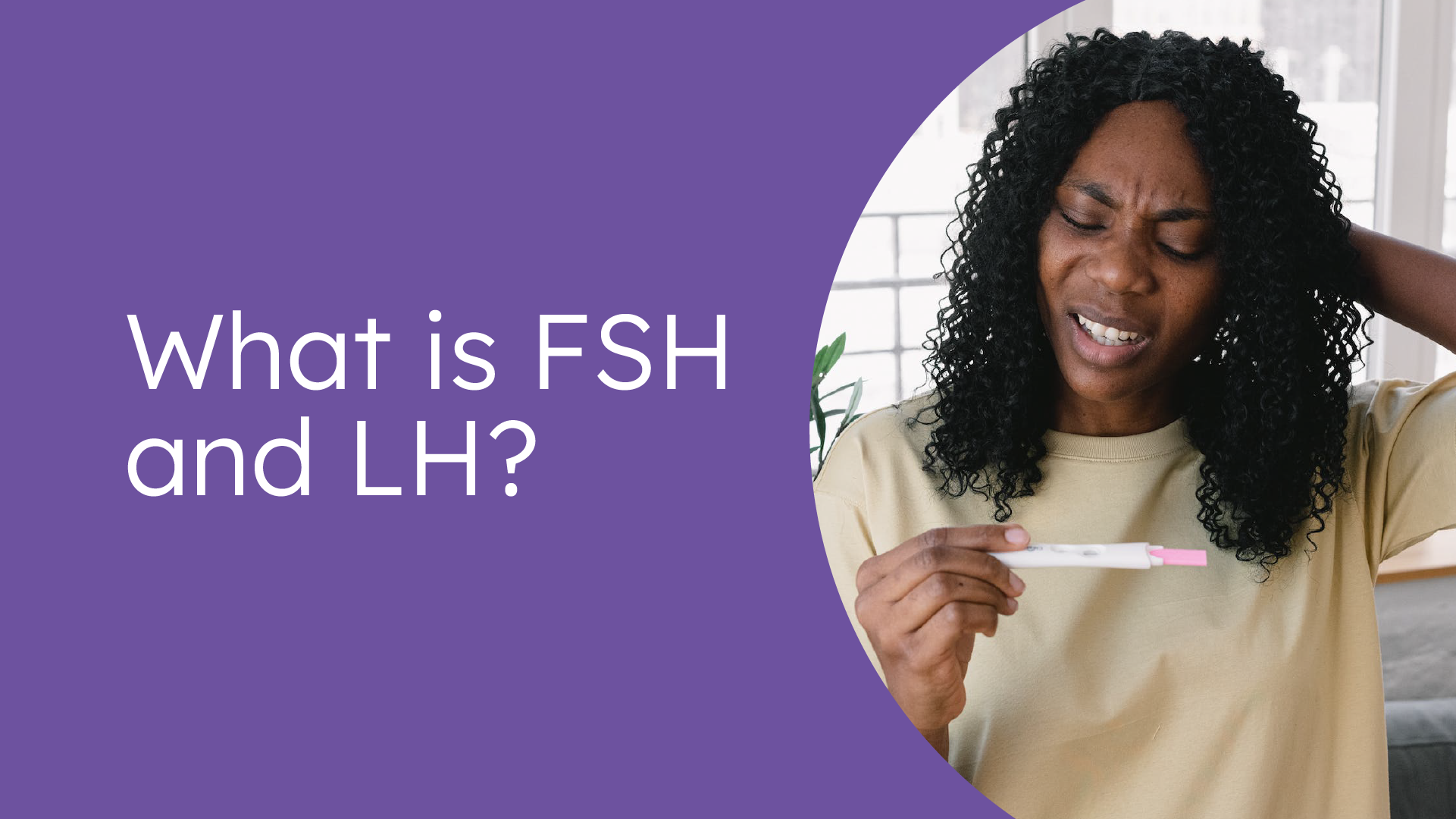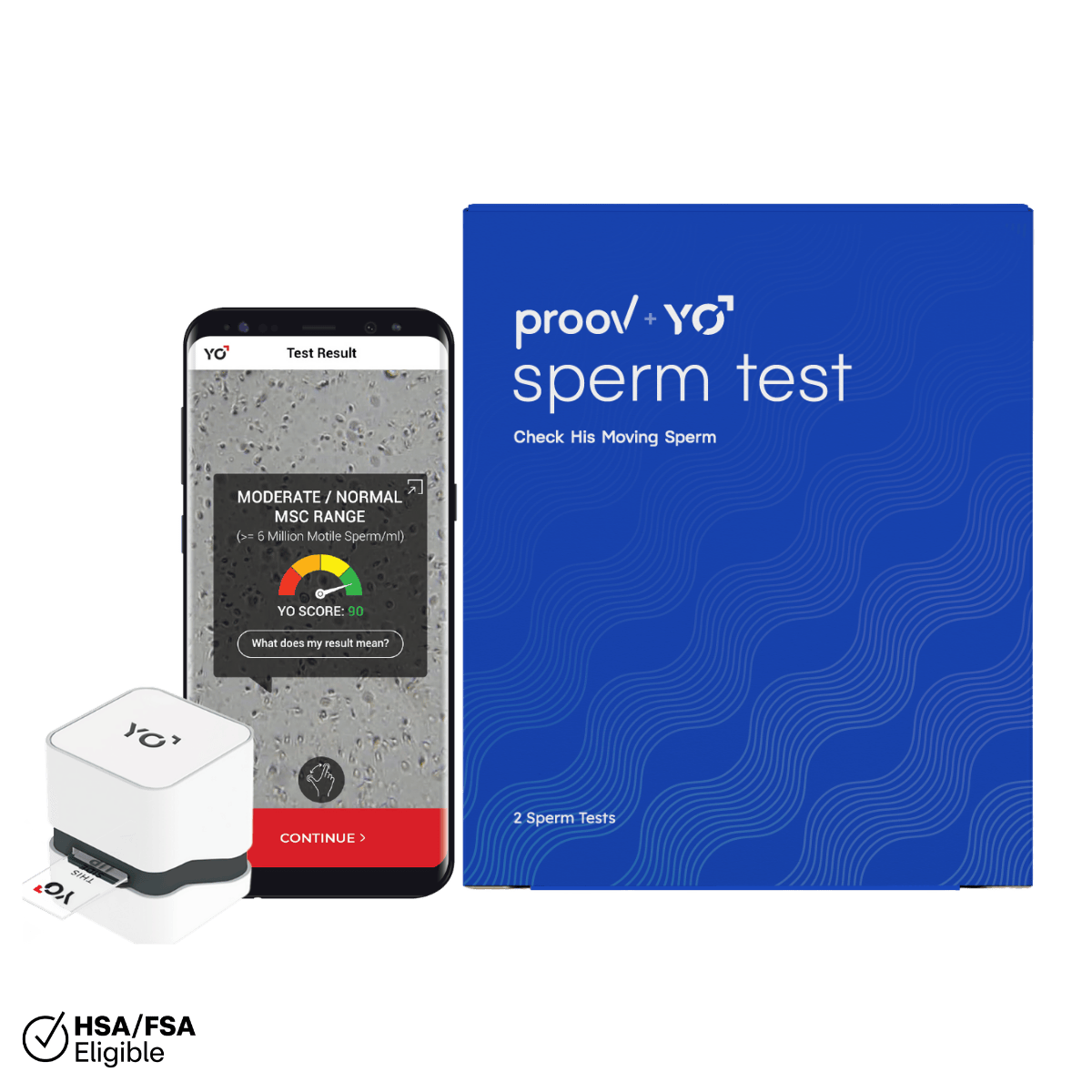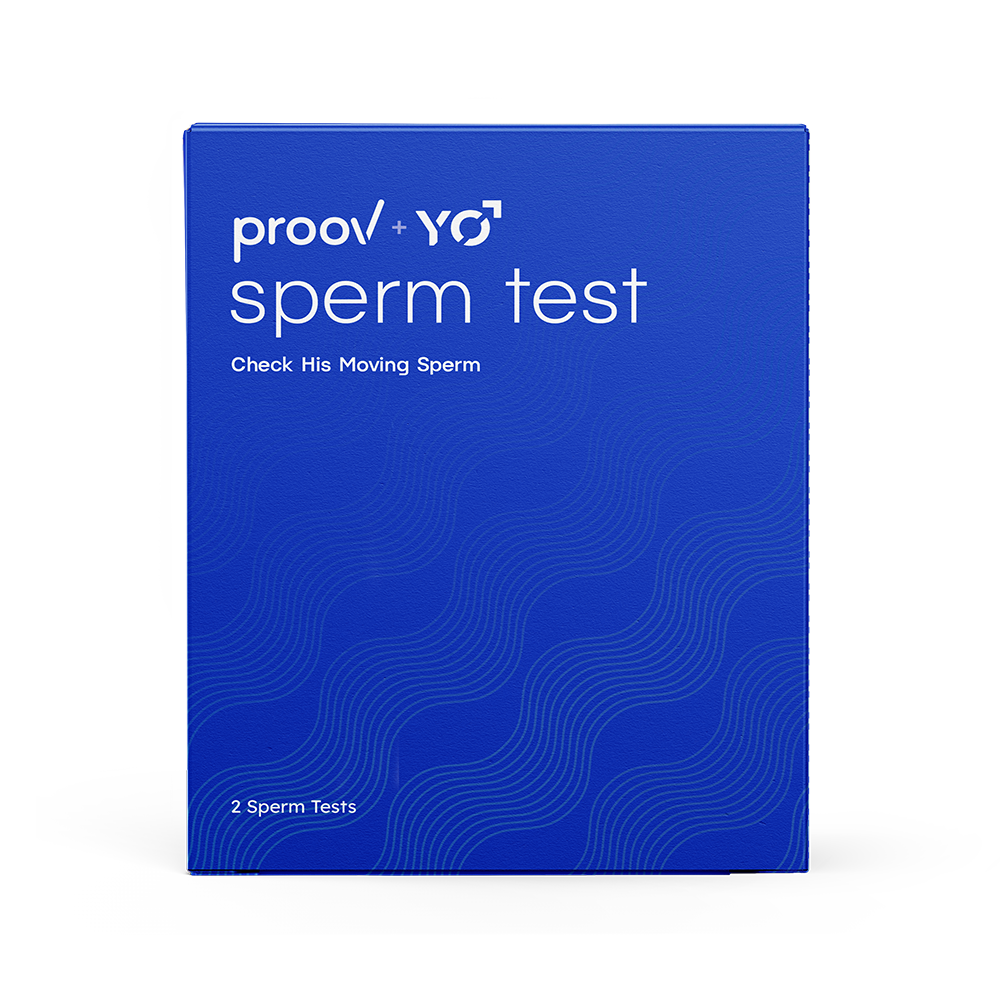Written on 9/3/21
We often talk a lot about the progesterone to estrogen ratio. These two reproductive hormones must be in balance in order for successful ovulation and a healthy cycle.
But there are two other hormones that have an important relationship: FSH and LH. These two hormones play complementary roles in your cycle. Keep reading to learn more about FSH LH ratio and why measuring them together is important.
What does FSH do?

Follicle stimulating hormone (FSH) is responsible for — you guessed it — stimulating your follicles. At the beginning of your cycle, your ovaries send a signal to your brain that it’s time to prepare for the next ovulation.
In turn, your brain sends FSH to “feed” the ovaries and stimulate the dormant follicles to start growing and maturing. As your cycle continues and a few follicles grow, one follicle takes over and becomes dominant. This is the follicle that will release an egg; the others will die off.
When a woman is in her prime reproductive years and she has a lot of eggs left (i.e. an optimal ovarian reserve), the ovary only needs a small amount of FSH to fuel follicle growth. Because of this, we’d expect her FSH levels at the beginning of her cycle to be low.
But, as you probably know, we are born with all the eggs we will ever have. As we get older and approach perimenopause, the number of follicles we have decreases.
When there are less dormant follicles in our ovaries, the ovary has a harder time making the follicles grow and recruiting the dominant follicle. The brain senses that and wants to help, so it sends more FSH to the ovary to provide it with more fuel.
This is why women with a lower ovarian reserve, whether that be because they are approaching perimenopause or not, will see a higher FSH level at the beginning of their cycle.
What does LH do?

Once FSH has done its job and the follicles start maturing, the egg inside the follicle also matures and starts putting out estrogen. As estrogen increases, it signals to your brain that a dominant follicle is being chosen and higher quantities of FSH are no longer needed.
When a follicle has become dominant and produces enough estrogen, it becomes FSH independent, meaning it does not need any more FSH to stimulate it. When the estrogen coming from the follicle reaches a certain level, this sends a signal to the brain that the follicle is mature and ready to ovulate!
The brain then sends a surge of luteinizing hormone (LH) to the ovary, which triggers the follicle to release the egg. After an LH surge, ovulation typically occurs about 12-36 hours later.
You need an LH surge in order to ovulate; it is literally what causes the follicle to rupture and release the egg. Studies show that an LH surge of at least 25 mUI/ml is the best predictive value of ovulation. This is the level at which Proov Predict tests are calibrated to turn positive.
Proov Predict LH tests are calibrated to turn positive when at least 25 mUI/ml of LH is present in urine, which is the value most predictive of ovulation.
Why is it important to measure FSH and LH?
Here at Proov, we believe that understanding the different hormones in your cycle can better set you up for success — whether your goal is to conceive, track your cycle, or simply learn more about your body. Tracking your reproductive hormones gives incredibly valuable insight into your overall health!
FSH and LH levels can give you insight into different parts of your cycle and ovulation.
As we mentioned, FSH is a marker of ovarian reserve. It is measured at the beginning of the cycle because we want to know how much FSH our ovaries need in order to grow an egg.
Since healthy and efficient ovaries with many eggs left do not need a lot of FSH to work properly, optimal levels of FSH at the beginning of your cycle may indicate a healthy ovarian reserve and that your body is not struggling to produce eggs.
As your ovarian reserve diminishes and you approach perimenopause or experience primary ovarian insufficiency (POI), your ovaries may struggle to find a quality follicle and make it grow. Therefore, more FSH is needed and your levels may be elevated at the beginning of your cycle.
LH, on the other hand, acts as an ovulation predictor. While it cannot confirm whether or not ovulation did in fact happen (for that you’ll need Proov PdG tests), it can help you identify your fertile window.
Detecting an LH surge towards the end of the follicular phase is extremely important if you are trying to conceive. An LH surge signals you are in the two most fertile days of your fertile window — the days leading up to and the day of ovulation, when conception is most likely to occur.
Identifying your fertile window and two most fertile days is critical to conception because this is when you should be timing intercourse for the best chance at getting pregnant. An egg is only viable for 12-24 hours after ovulation, but sperm can live in the female reproductive tract for up to 5 days, meaning it’s best for his swimmers to be present before ovulation.
While FSH and LH levels alone are important to tract, they actually give us valuable information when looked at together. Your FSH to LH ratio can give you key insight into your reproductive health.
What is the FSH to LH ratio and what can it tell me?

Should FSH and LH levels be the same? If you measure both FSH and LH at the beginning of your cycle you should see about the same numerical value, meaning your LH to FSH ratio should be near 1. This indicates a healthy balance between the two.
However, studies show that an LH to FSH ratio of 2 or 3 — meaning LH levels are higher than FSH levels when measured on the same day — may be indicative of polycystic ovarian syndrome (PCOS). This is because many women with PCOS experience elevated LH levels throughout their cycle, even when LH should be low.
On the other hand, an LH to FSH ratio of less than 0.5 — meaning FSH higher than LH levels when measured on the same day — may be a sign of diminished ovarian reserve. This could signal that your ovaries are in need of more stimulation and require more FSH.
The more you know about your hormones, the more prepared you can be on your unique fertility journey!













